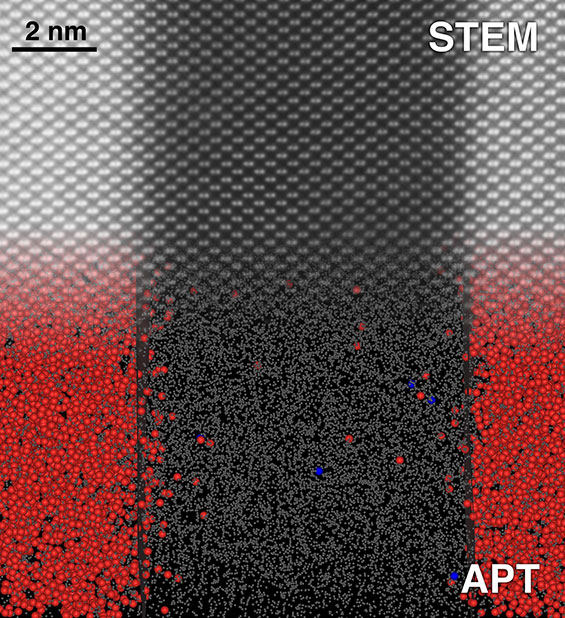
New Electron Glasses Sharpen Our View of Atomic-Scale Features
A new approach to atom probe tomography promises more precise and accurate measurements vital to semiconductors used in computers, lasers, detectors, and more.

A new approach to atom probe tomography promises more precise and accurate measurements vital to semiconductors used in computers, lasers, detectors, and more.
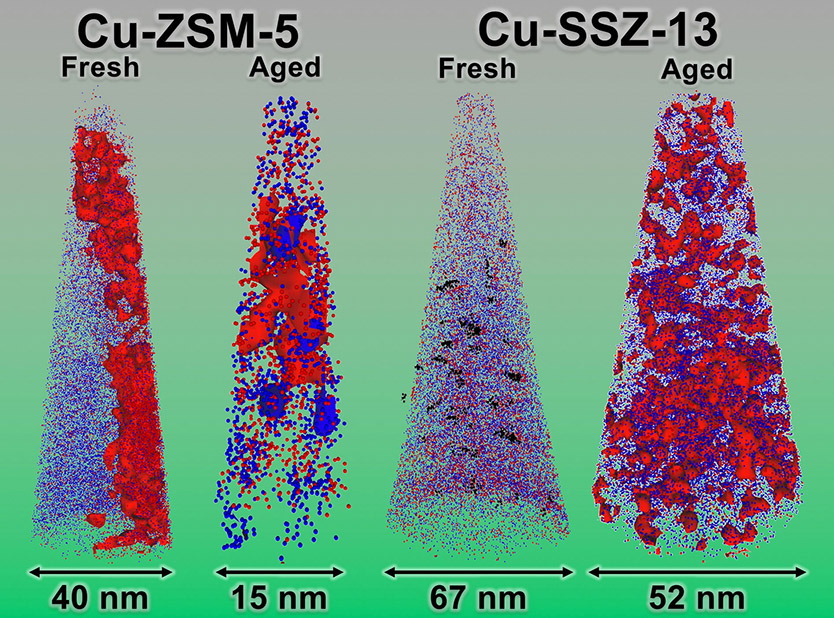
Atom probe tomography reveals key explanations for stable performance over a cutting-edge diesel-exhaust catalyst’s lifetime.
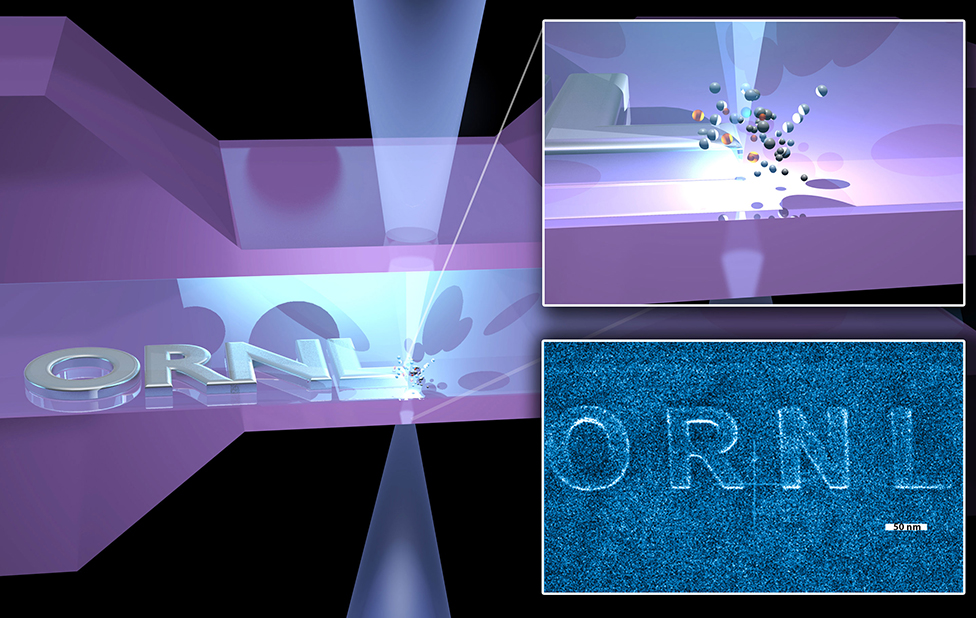
Scientists use ion beams to write high-purity metal structures, enabling nanofabrication opportunities.
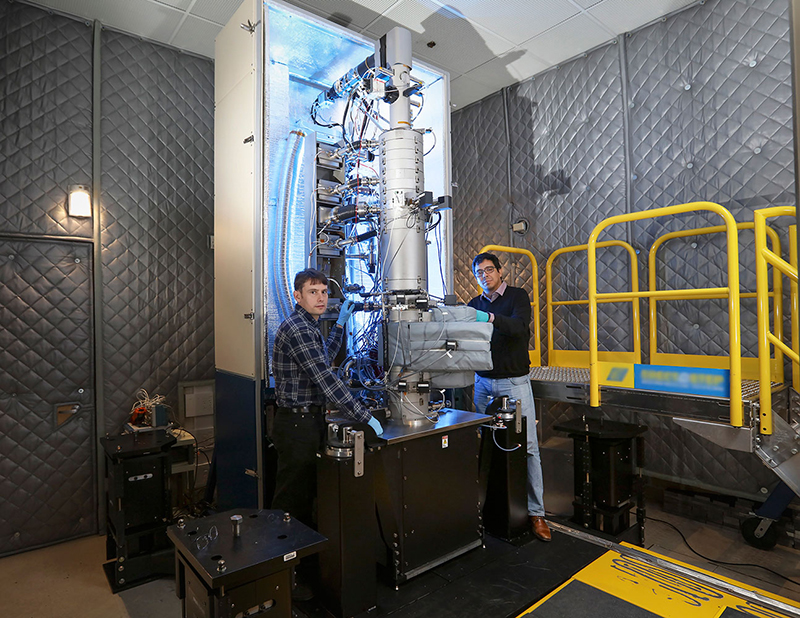
New spectroscopic technique measures heat in itty-bitty volumes that could reveal insights for electronics and energy technology.
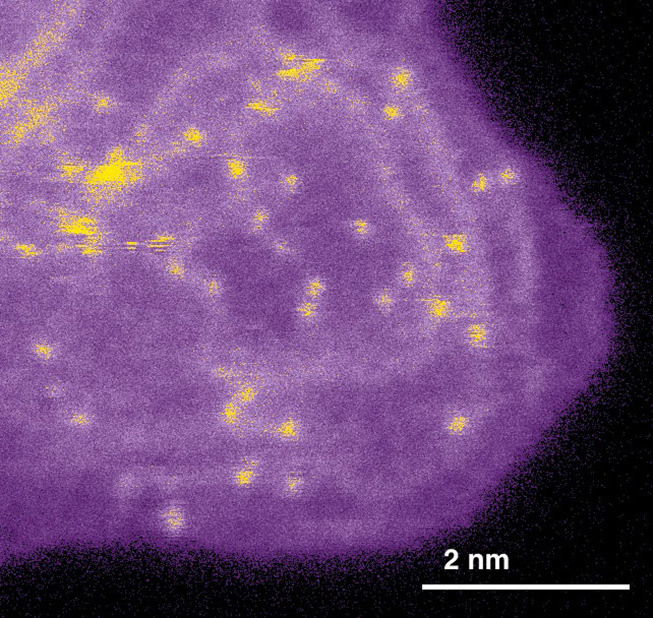
Iron may be more valuable than platinum. Sometimes.
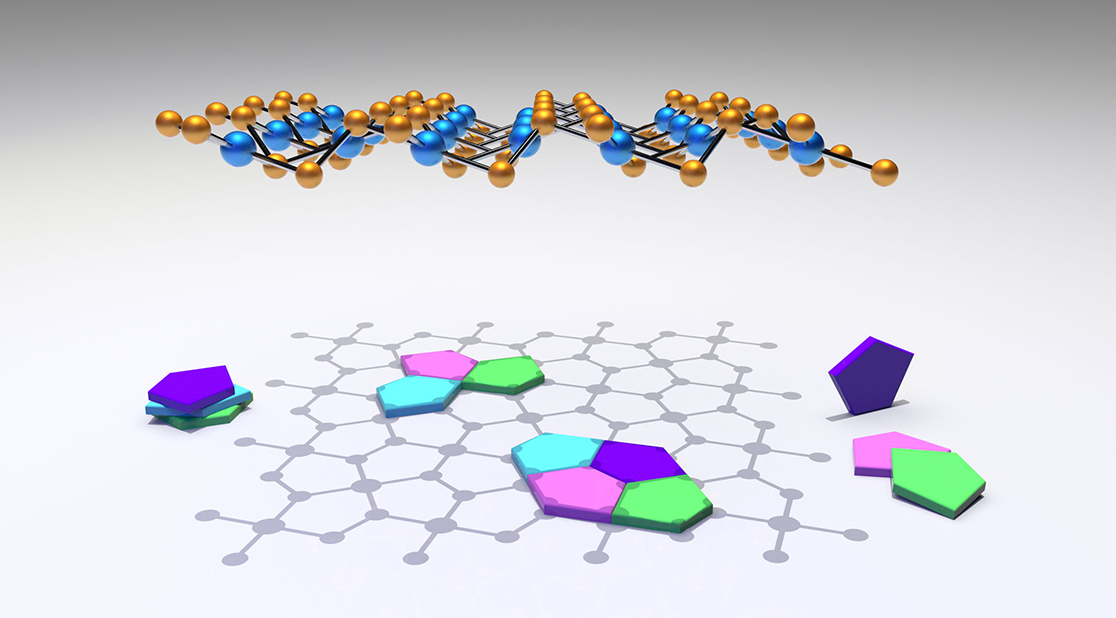
Single sheets made of pentagons are proven to exist and uniquely combine promising electronic properties and air stability.
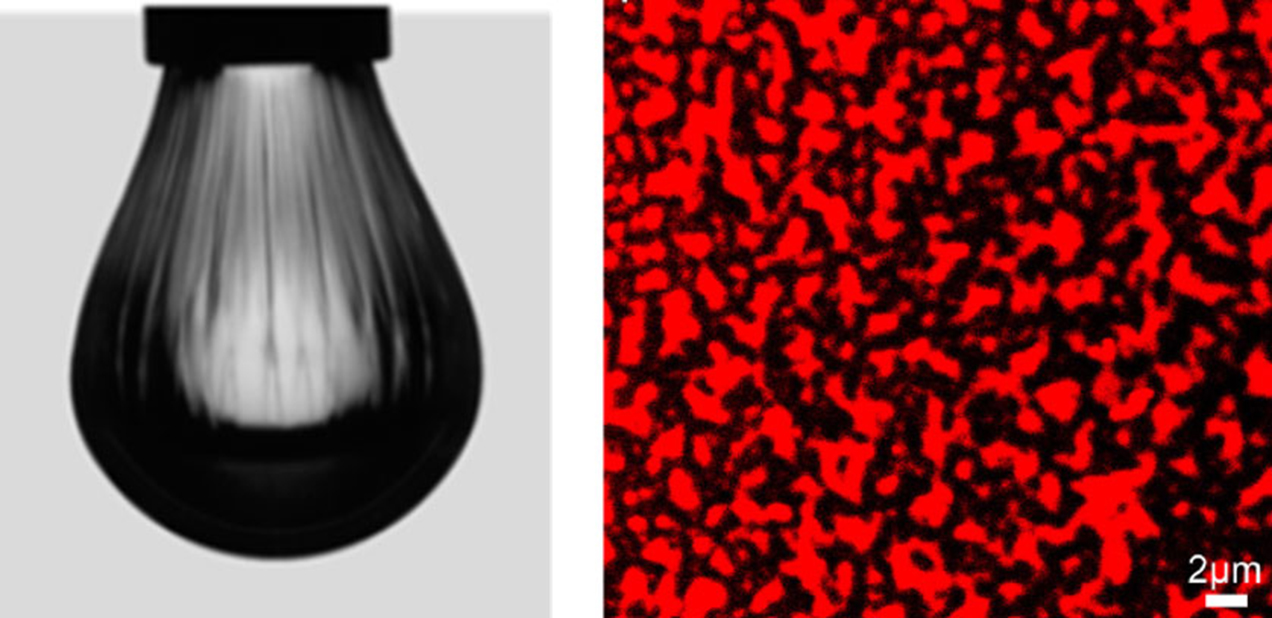
Gel uses nanoparticles for on-demand control of droplet shapes, of interest for energy storage and catalysis.
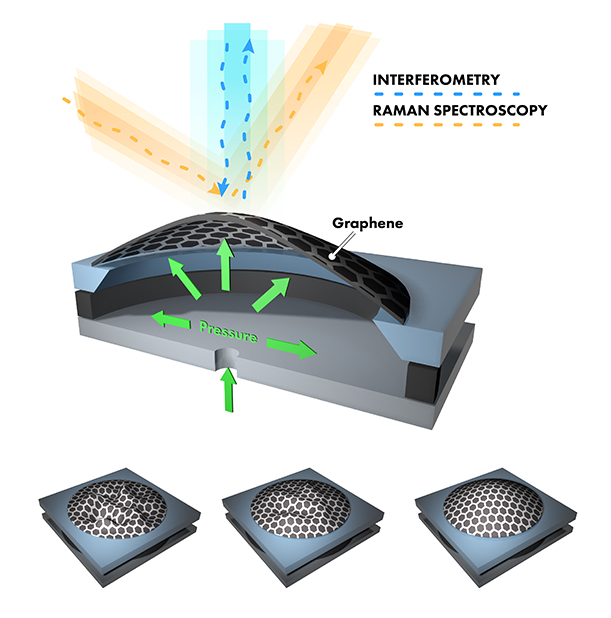
Crumpling reduces rigidity in an otherwise stiff material, making it less prone to catastrophic failure.
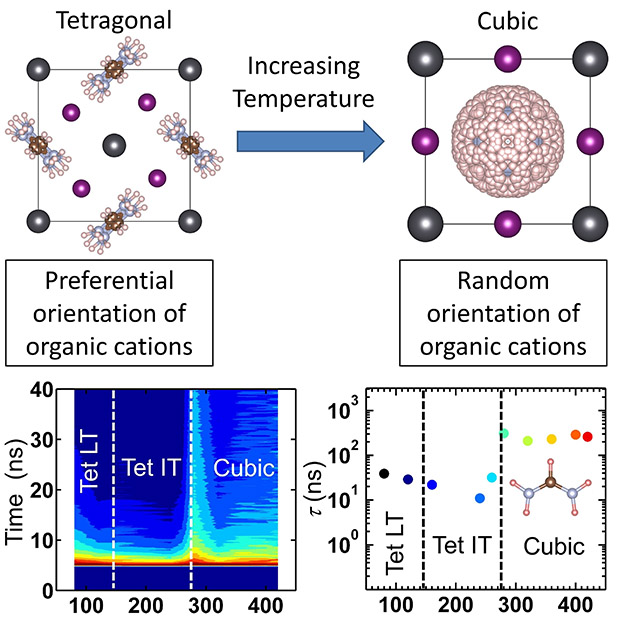
Readily rotating molecules let electrons last, resulting in higher solar cell efficiency.

Built from the bottom up, nanoribbons can be semiconducting, enabling broad electronic applications.
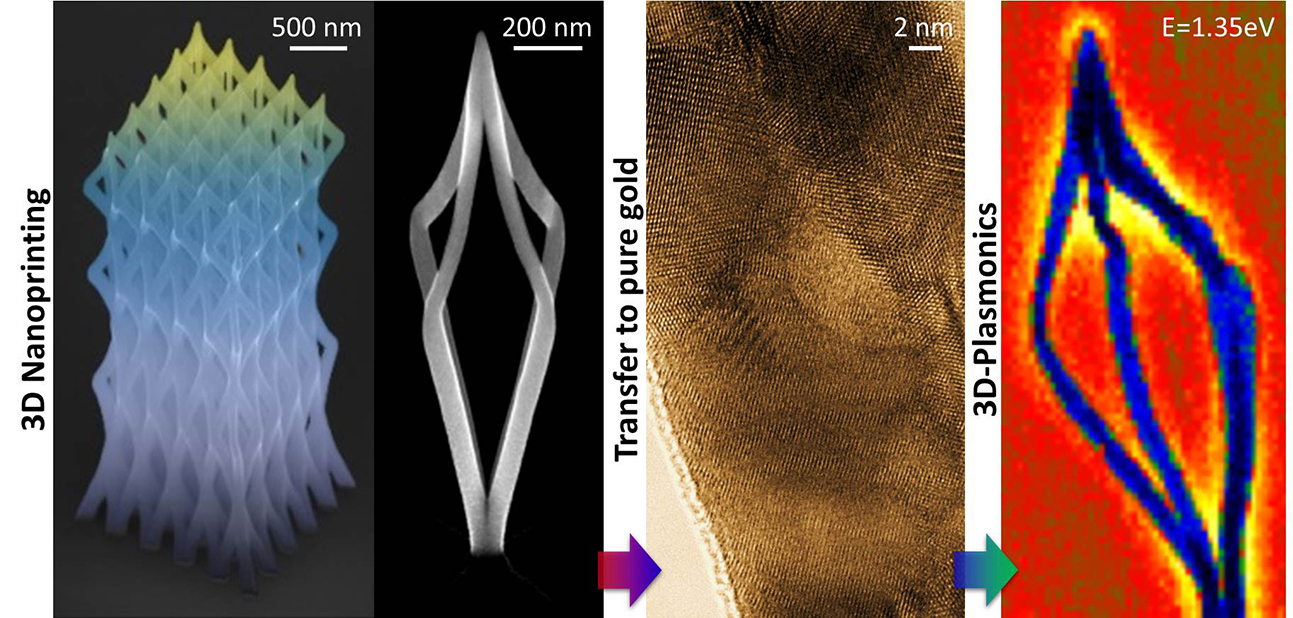
Direct writing of pure-metal structures may advance novel light sources, sensors and information storage technologies.
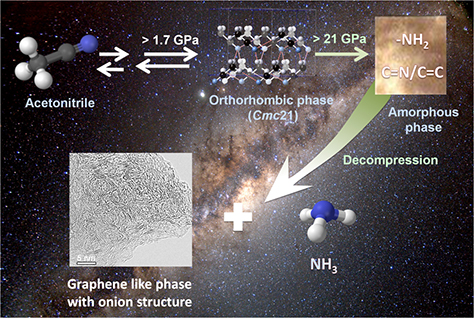
Neutron-scattering studies reveal surprising formation of ammonia after acetonitrile is turned into graphitic polymer, opening doors for catalyst-free industrial reactions at room temperature.